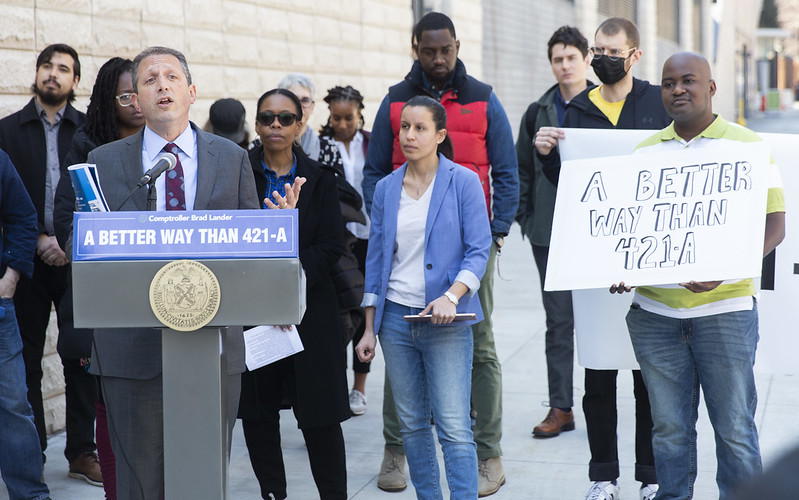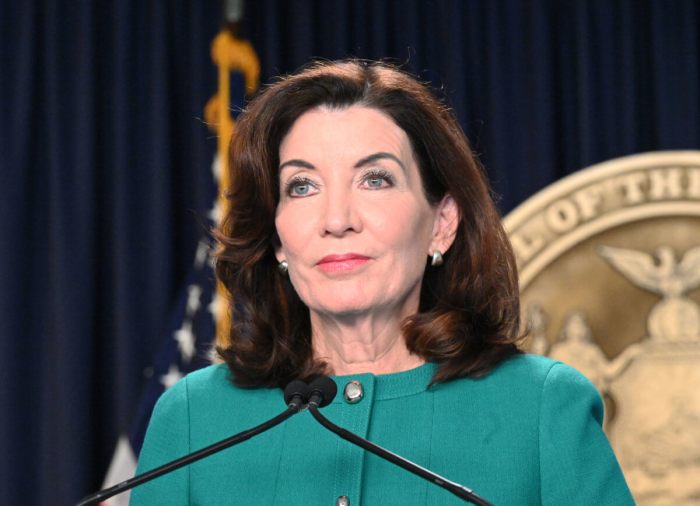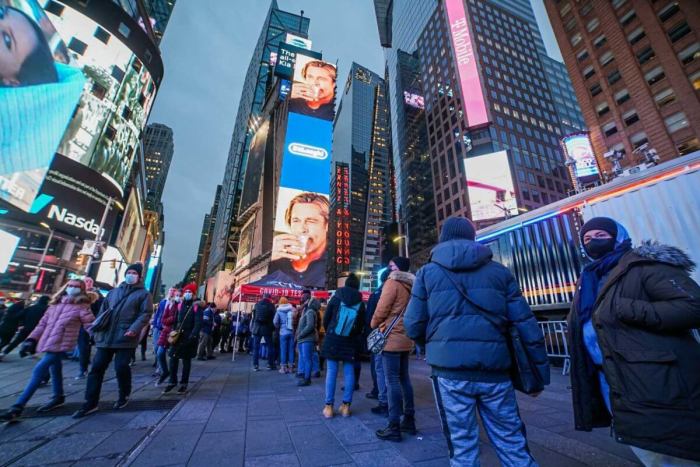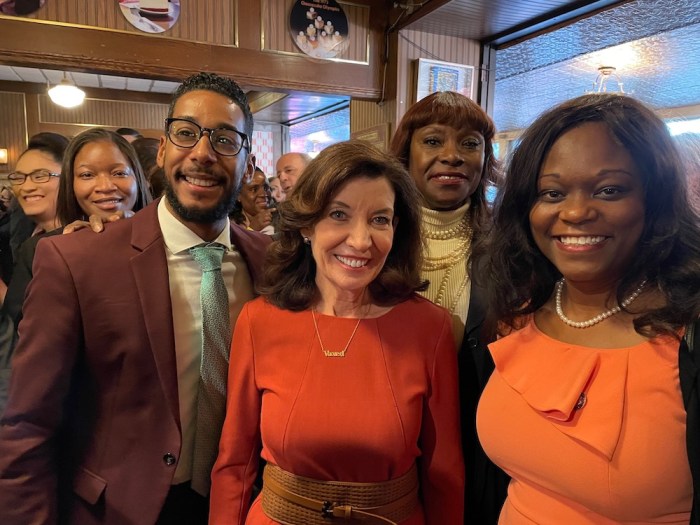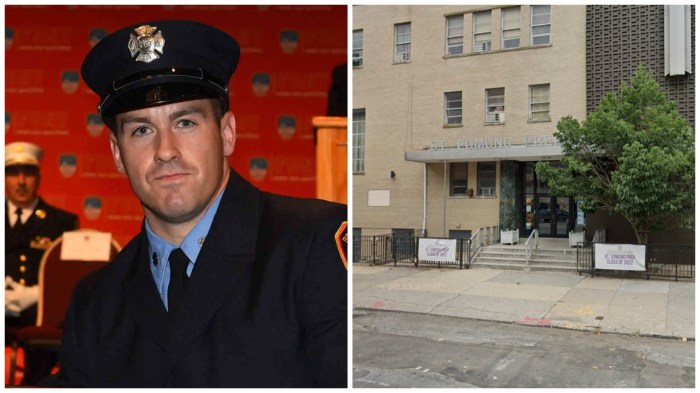As the state legislature and Gov. Kathy Hochul negotiate the state budget before an April 1 deadline, one of the many issues that remain in limbo is the fate of the 421-a housing tax break. Some in the legislature and housing advocates want to see the program scrapped by the governor and others in the legislature and the real estate industry would like it to continue under a new tax break.
The tax abatement, which is set to expire June 15, is used to incentivize real estate developers to build affordable housing. Many developers get the tax break for constructing buildings that contain 80 percent market rate and 20 percent affordable units. As 421-a is currently written, those making up to 130% of the area median income (AMI) — $139,620 for a family of three — would be eligible for these units in buildings subsidized by the program.
Affordable housing advocates say the program is a give-away to developers that doesn’t result in the construction of much housing that’s actually affordable. At the same time, the real estate industry says they can’t construct affordable housing without 421-a or a similar tax incentive.
City Comptroller Brad Lander held a press conference Wednesday in front of The Willoughby – a glass tower at 196 Willoughby St. constructed under 421-a in Downtown Brooklyn – to call on the governor and state legislature to let 421-a expire instead of replacing it with another subsidy.
“We are here today to call for the end 421-a, New York City’s most unaffordable tax break,” Lander said. “And replace it with a property tax system that’s fair and transparent, that supports new housing construction and that focuses our scarce affordable housing resources on actually affordable housing. I know that sounds crazy.”
Lander was joined by City Councilwomen Tiffany Caban (D – Queen) and Pierina Sanchez (D – Bronx) as well as Assemblymembers Havery Epstein (D – Manhattan), Phara Souffrant Forrest (D – Brooklyn) and Emily Gallagher (D – Brooklyn).
In her executive budget proposal released in January, Hochul proposed replacing 421-a with a new tax break called 485-w. According to a published report, 485-w isn’t drastically different from the current program, except that it would make housing created under the subsidy more deeply affordable.
Under this plan, the ceiling is lowered for which families qualify from 130 percent of the AMI. Instead, those making up to 90 percent of the AMI will qualify for buildings with 30 units or less. And larger buildings will only be open to those making up to 80 percent of the AMI.
The state legislature did not address the Hochul’s subsidy proposal in their recent one-house budget bills released earlier this week.
In a statement to PoliticsNY, state Sen. Brian Kavanaugh (D – Manhattan, Brooklyn) said 485-w falls far short of any replacement for 421-a he’d like to see.
“The Executive Budget proposal regarding 421-a is not anywhere near where we would need to be if we were going to enact a new tax subsidy program—in terms of affordability, labor concerns, and environmental sustainability,” Kavanaugh said. “I look forward to continuing discussions with all parties about how we can ensure that New York is producing the housing we need.”
On the Assembly side, Assemblyman Steven Cymbrowitz – who chairs the lower chambers’ housing committee – said they should figure out the fate of 421-a after the budget process is completed.
“Policy issues were not included in the Assembly one-house and will be dealt with after the budget is completed,” Cymbrowitz said in an emailed statement.
The comptroller’s office also released a report on 421-a Wednesday, which Lander said contained several findings that show why the program isn’t effective at creating affordable housing. The most apparent issue with 421-a, Lander said, is that the vast majority of units created under the program are market rate.
“Over the last four years, since the last time the program was renewed in Albany, 14,874 units have been subsidized by 421-a,” Lander said. “More than 10,000 of them were market rent. Then, even the so-called affordable units, they were not actually affordable. So, of the approximately 4,500 income restricted units 64 percent, more than two thirds, were so expensive that they were not affordable to 75 percent of New Yorkers.”
Advocates against any developer subsidy propose reforming the property tax system by lowering taxes on rental units and raising them on homeowners as a means of creating more affordable housing without replacing 421-a.
Yet the real estate industry sees things quite differently. According to Maya Kurien, vice president of policy and planning at the Real Estate Board of New York (REBNY), there are a couple of reasons why renewing 421-a in the form of 485-w is vital for producing housing in the city, which she said is currently giving through a housing shortage.
“By any possible metric, New York City is not producing enough housing to keep pace with demand,” Kurien said. “So as an example, right, we have 55% of the region’s rental units, compared to 23% of the region’s owner occupied units. But we are lagging in production behind major city major metropolitan areas across the United States.”
But it’s very expensive to build multi-family rental housing, Kurien said, which is why developers need tax breaks like 421-a and 485-w to build both affordable and market-rate units.
Kurien said REBNY supports 485-w because they see it as one tool in Hochul’s proposed housing plans they think will help boost production.
“We need a successor tax tool to 421-a to make sure that we continue to build housing at a record clip to keep pace with demand,” Kurien said. “And to kind of get at one key piece of our housing crisis, which is producing more affordable homes for people who live here who want to live here.”


